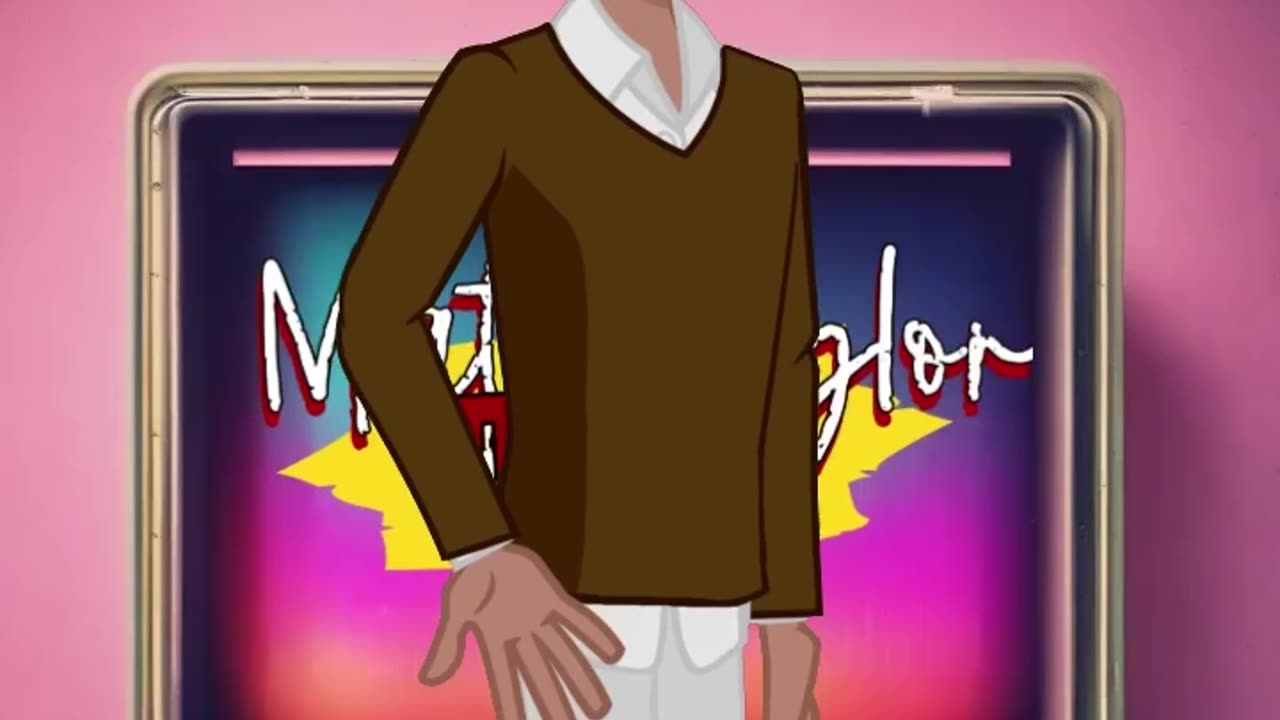Premium Only Content

Victimhood.
The Predator in Victim’s Clothing: How Playing the Victim Masks Malice.
In the theatre of human conflict, few roles are as powerful as that of the victim. The victim commands sympathy, elicits protection, and often receives the benefit of the doubt. But behind this role lies a dangerous paradox: the costume of victimhood can be easily adopted by predators seeking to obscure their true intent. This essay explores the psychology and strategy behind feigned victimhood—how it can be weaponised to deflect scrutiny, manipulate public perception, and mask deeply malicious behaviour.
The Psychology of Victimhood.
To understand the potency of victimhood, we must first appreciate the moral hierarchy it creates. Victims, by definition, are harmed, wronged, or oppressed. They are seen as powerless or unjustly treated, and thus, deserving of support and empathy. Society is conditioned to protect the victim, punish the aggressor, and restore justice. But therein lies the problem: this binary of ‘victim’ versus ‘villain’ is easily manipulated.
Certain individuals—narcissists, manipulators, abusers—learn early on that playing the victim is a far more effective tool for control than overt aggression. Unlike the bully, who risks social condemnation, the faux-victim wields the power of moral superiority while avoiding accountability. This phenomenon is so common that psychologists have coined terms such as victim-playing, victim narcissism, or victimhood mentality to describe it.
Predators in Disguise.
Predatory individuals often flip the narrative to portray themselves as the ones under attack. The classic abuser’s line—"Look what you made me do"—is one example of blame reversal cloaked in victimhood. In more strategic forms, predators exploit emotional storytelling to cast themselves as misunderstood, maligned, or persecuted by those they are in fact abusing.
This is particularly evident in online spaces, where context is often limited, and digital audiences judge quickly. A troll who launches a sustained campaign of harassment may suddenly cry "harassment" the moment they receive pushback. A stalker may claim their victim is obsessed with them. An abuser may accuse their target of abuse. These are not just manipulations; they are calculated survival strategies designed to deflect consequence and contaminate perception.
Weaponising Sympathy.
One of the most dangerous aspects of feigned victimhood is how it poisons the well of legitimate discourse. Real victims—those suffering from abuse, exploitation, or trauma—often go unheard because the public becomes fatigued or cynical in the face of so many false alarms. When the predator cries wolf, the real wolves are harder to identify.
False claims of victimhood can also destroy reputations, families, and lives. In courtrooms, workplaces, and online communities, those wrongly accused often have little recourse. “Believe victims” is a well-meaning but dangerous phrase when wielded without critical thinking. It must be accompanied by due process, evidence, and scrutiny—because the predator knows that simply sounding like a victim is often enough.
The Social Rewards of Victimhood.
Why would anyone fake being a victim? Because it pays. Victimhood brings attention, validation, and power. In an age where online clout is currency, people jockey for moral high ground as much as they do followers or likes. Victim narratives are easy to sell and hard to refute. Challenging them often makes one appear cruel or insensitive.
This makes victimhood an irresistible mask for the manipulative. By adopting it, predators invert the power dynamic: their target is cast as the aggressor, and they themselves become untouchable. Any attempt to correct the narrative is labelled “bullying,” “gaslighting,” or “abuse.” The true victim is re-victimised, and the predator walks free—often celebrated for their supposed “bravery” in the face of imaginary attacks.
A Culture of Outrage, A Crisis of Truth.
Modern culture thrives on outrage. We share screenshots, cancel strangers, and rally around half-truths before context catches up. In this climate, false victimhood becomes not only a tactic but a trend. The lines between trauma and theatre blur, and the audience often chooses sides before the second act begins.
But we must resist the temptation to believe every cry of victimhood at face value. Compassion must be balanced with discernment. To protect real victims, we must be willing to ask hard questions—even when the answers make us uncomfortable.
Conclusion.
Playing the victim is, ironically, the perfect camouflage for those with the most to hide. It allows abusers to appear abused, manipulators to seem misunderstood, and predators to wear halos. But victimhood is not just a story—it is a status that should be earned by truth, not claimed through performance.
As a society, we must be vigilant. The loudest victim is not always the most harmed. Sometimes, the real predator is the one who screams the loudest about being hunted. And sometimes, the person being demonised is the only one brave enough to speak the truth.
In an age of deception, telling the truth is revolutionary. But recognising the truth behind a victim’s mask? That takes courage.
-
 10:51
10:51
Degenerate Jay
13 hours ago $0.42 earnedWe Finally Have Proof That Metal Gear Solid V Was Unfinished
13.6K3 -
 13:17
13:17
AndresRestart
17 hours ago $0.27 earnedThis Mario Galaxy 2 Remaster Is Better Than We Thought!
3.64K4 -
 59:16
59:16
CarlCrusher
10 hours agoAncient Psionic UFO Contact in Skinwalker Territory with Vetted & WHY Files - Ep 3
3.48K1 -
 25:17
25:17
Esports Awards
16 hours agoFrom Gamer to CEO: Cherrygumms’ Journey in Esports | Origins Podcast #29
3.81K4 -
 20:08
20:08
Professor Gerdes Explains 🇺🇦
16 hours agoThe Polish Drone Strike was a Russian PSYOP
3.88K5 -
 5:57
5:57
Breaking Points
18 hours agoJudge DROPS Terrorism Charge Against Luigi
5.59K3 -
 2:17:45
2:17:45
Side Scrollers Podcast
19 hours agoDestiny & Hasan in “Deep Trouble” + Legal Mindset on Charlie Kirk Firings + More | Side Scrollers
24.2K16 -
 55:35
55:35
Dialogue works
23 hours ago $1.09 earnedJohn Helmer: The Moves Russia Is Making to OUTMANEUVER NATO
25K7 -
 36:25
36:25
Actual Justice Warrior
1 day agoAna RAGES At Destiny
30.3K20 -
 28:35
28:35
itsSeanDaniel
2 days ago"BBC is Lying" - British Patriot REVEALS THE TRUTH about Historic London Rally
18.1K25